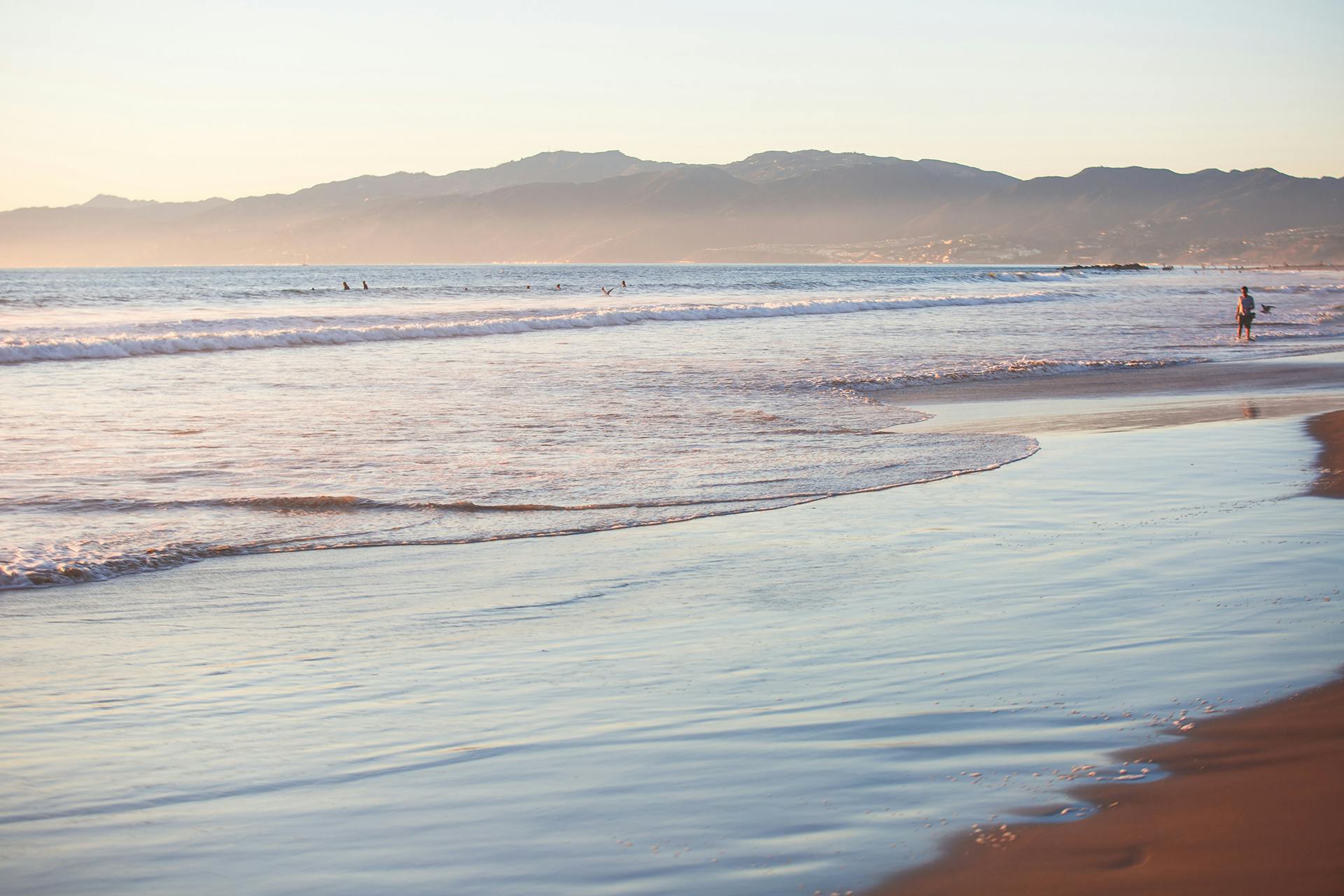- English
- Spanish
- Korean
- Filipino
- Armenian
- Chinese (Simplified)
Santa Monica Bay National Estuary Program is one of the United States Environmental Protection Agency’s 28 National Estuary Programs, dedicated to protecting and restoring water quality and the ecological integrity of estuaries of national significance.
Our Seven Priorities
Seven priorities and overarching goals guide our actions in the Santa Monica Bay and its watershed.
1
Protect, enhance, and improve ecosystems of Santa Monica Bay and its watershed
2
Improve water availability
3
Improve water quality
4
Enhance socio-economic benefits to the public
5
Enhance public engagement and education
6
Mitigate impacts and increase resiliency to climate change
7
Improve monitoring and ability to assess effectiveness of management actions
Our Work and Accomplishments
Our ongoing purpose and annual work plans are centered around management, governance and policy, stakeholder education and engagement, research, monitoring, and other actions identified in the Comprehensive Conservation and Management Plan (CCMP). The CCMP was developed with stakeholder input and is a comprehensive plan of action for protecting and restoring Santa Monica Bay and its watershed.
Learn more about our priorities and accomplishments in our Plans and Reports.
Why Santa Monica Bay?
A great wealth of natural resources, mild climate, and convergence of warm and cold ocean waters have attracted people to the shores of Santa Monica Bay and its watershed for thousands of years.
U.S. EPA’s National Estuary Program
The U.S. Environmental Protection Agency (U.S. EPA) National Estuary Program (NEP) was established under Section 320 of the Clean Water Act to protect and restore the water quality and ecological integrity of estuaries of national significance. There are currently 28 estuaries from around the U.S. and Puerto Rico in this program. To learn more about the NEPs, visit the NEP Story Map. This interactive tool describes the vital resources of each estuary and highlights the role of local partnerships in protecting these resources and addressing the issues they face.
